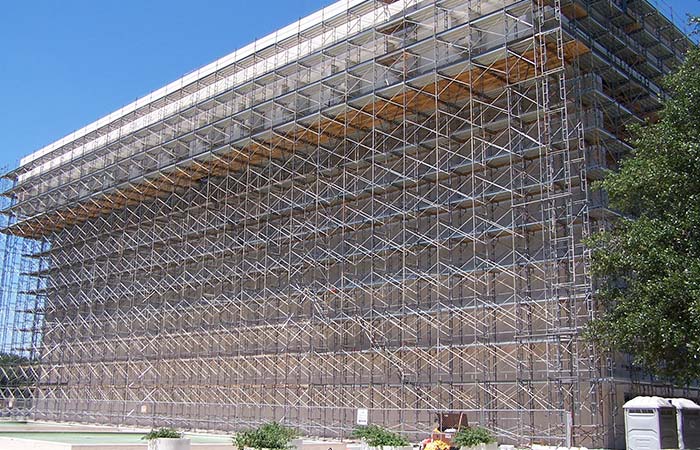Overlooking the shore of Corpus Christi Bay in Corpus Christi, Texas stands the historic First United Methodist Church with its towering steeple and monument to … [Read more...] about First United Methodist Church
San Antonio
Broadway National Bank
Western Specialty Contractors was asked to restore the exterior of the headquarters’ building of one of the largest independent banks in the region, Broadway … [Read more...] about Broadway National Bank
Attorney General Warehouse
Western was awarded a contract to apply a non-slip anti-corrosion coating to a number of steel stairways at the Attorney General’s warehouse in Austin, … [Read more...] about Attorney General Warehouse
Lyndon Baines Johnson Library & Museum
The Lyndon Baines Johnson Library and Museum is one of eleven presidential libraries administered by the National Archives and Records Administration. The … [Read more...] about Lyndon Baines Johnson Library & Museum
Crockett Hotel
The Crockett Hotel stands near where Davy Crockett defended the southeast palisade of the Alamo during a 13 day siege in February - March, 1836. The property … [Read more...] about Crockett Hotel





